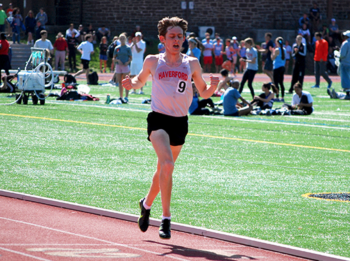Andrew C. MacAulay Jr., a former chemist and teacher who bought his house on Chandler Street in September 1959 and lived there with Mary, his wife of 58 years, where they raised five children, died on Friday, June 27, 2013.
MacAulay was 83.
After serving in the US Army during the Korean Conflict, MacAulay graduated from Northeastern University with a Bachelor’s degree in Chemistry in 1953 and a Master’s in Chemistry in 1955. He spent most his life working as a chemist and as an educator.
MacAulay is survived by his wife Mary L. MacAulay (Sferrazza) and his children: Andrea and husband Jimmy O’Neil of Mattapoisett, Diane and husband Joe Nash of Bridgewater, Lisa and husband Richard Crowell of Belmont, Andrew C MacAulay IV and wife Karen of Belmont, and Mary Ellen and husband Chris O’Neill of Florida. He was the cherished grandfather of Patrick and Jennifer O’Neil, Scott, Jeffrey and David Crowell, Hallie and Meggie MacAulay and Allison and Emmali O’Neill. He was also the brother of Donald MacAulay and wife Ann of Maine and Florida, and the late Robert F. MacAulay.
Visiting hours will be held at Brown & Hickey Funeral Home, 36 Trapelo Rd. on Monday June 30 from 5 p.m. to 8 p.m.
A funeral home service will be held on Tuesday, July 1 at 10 a.m. with relatives and friends invited.
Burial will be at Highland Meadow Cemetery, Belmont.
In lieu of flowers, donations may be made in his memory to the Scots’ Charitable Society, c/o Doug Kilgore 584 Merrimack St Manchester NH 03103.

